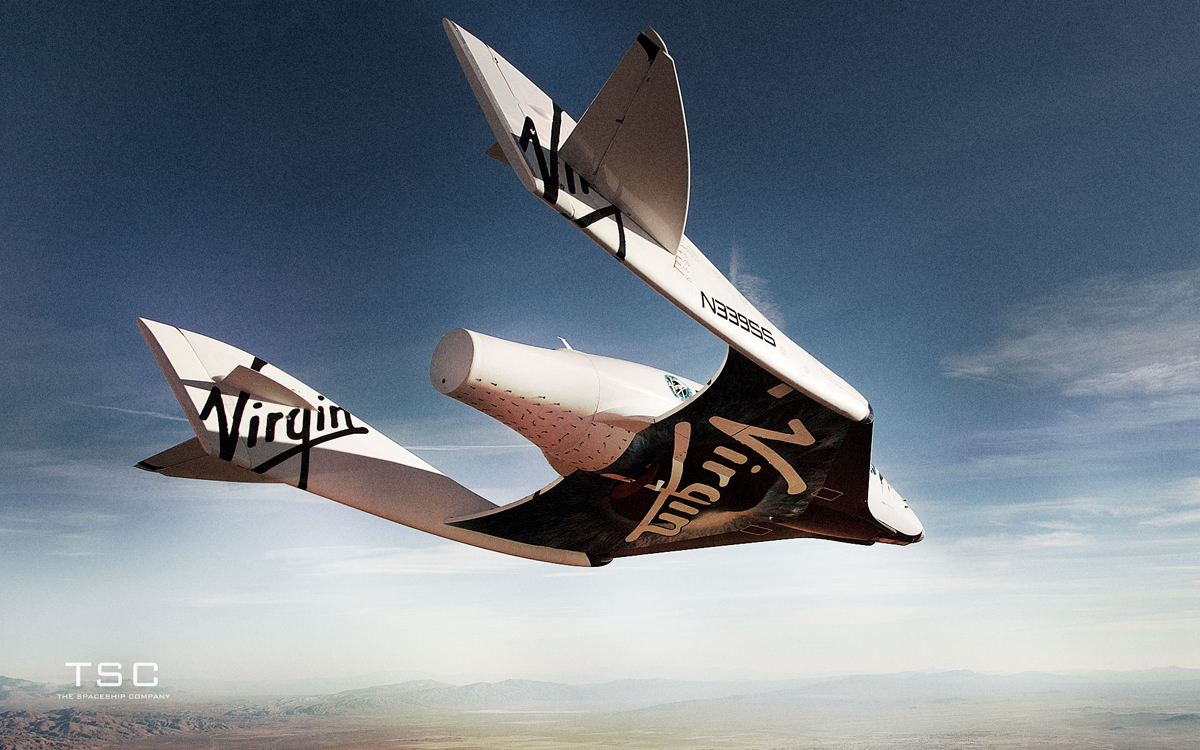
PALO ALTO, Calif. — American companies launched just five licensed commercial rockets into space last year, but they might be able to loft nearly that many every day by the end of the decade, a federal space official contends.
George Nield, associate administrator for commercial space transportation at the Federal Aviation Administration, thinks it's possible to double the number of permit-holding private launches every year for the rest of the decade. That exponential increase would lead to 1,280 liftoffs in 2019 — an average of 3 1/2 per day.
"Would that be possible?" Nield asked the audience during a presentation here Wednesday (Feb. 29) at the 2012 Next-Generation Suborbital Researchers Conference. "If you recognize that every day in the United States there are more than 30,000 flights by commercial airliners, then maybe three or four rocket launches per day doesn't sound too unreasonable."
A 'Moore's law for launch'
Nield is pushing for this so-called "Moore's law for launch" to become a national goal. The original Moore's law, which is named after Intel co-founder Gordon Moore, holds that the number of transistors on a computer chip doubles every two years.
Nield proposed some ideas that he said could help make the annual doubling of commercial launches a reality. [Top 10 Private Spaceships Headed for Reality]
For example, the federal government could offer to pay companies a fixed price per pound to launch construction materials, food and water to the moon, and rocket fuel to low-Earth orbit. In addition to laying the foundation for future lunar colonies and orbiting "gas stations," this effort could help the American private spaceflight industry get off the ground, Nield said.
Get the Space.com Newsletter
Breaking space news, the latest updates on rocket launches, skywatching events and more!
The government could also help fund a commercial "rocket railroad" that launches frequently on a published schedule, whether payloads are ready to go or not.
"Even if you were launching empty, there would still be significant benefits in terms of maturing the vehicles, training and energizing the workforce and strengthening the industry as a whole," Nield said.
An orbital rocket railroad might be a tough sell in these challenging economic times, but a suborbital version wouldn't exactly break the bank. At going rates, the government could get 1,000 suborbital missions for about $200 million, Nield said.
He also floated the idea of prizes, specifically mentioning a cash award for firms that pull off a point-to-point mission from one spaceport to another.
Prizes have a history of spurring innovation in the aerospace industry. For example, Virgin Galactic's SpaceShipTwo, which may start carrying paying passengers to suborbital space in 2013 or 2014, is based on a vehicle that won the $10 million Ansari X Prize in 2004.

An emerging industry
American private spaceflight has generated momentum recently in both the suborbital and orbital realms, with companies like Virgin Galactic, XCOR Aerospace, Armadillo Aerospace, Blue Origin, Sierra Nevada, SpaceX and Boeing all pushing forward on craft designed to carry people and payloads to the final frontier.
But Nield isn't content to let the industry develop at its current pace.
"Maybe we'll see a Moore's law for launch come to pass, with the doubling of the number of launches taking place each year, without doing anything," he said. "Personally, I'd rather do what we can to see if we can make that prophecy come true — or to see if we can make it happen faster."
You can follow SPACE.com senior writer Mike Wall on Twitter: @michaeldwall. Follow SPACE.com for the latest in space science and exploration news on Twitter @Spacedotcom and on Facebook.
Join our Space Forums to keep talking space on the latest missions, night sky and more! And if you have a news tip, correction or comment, let us know at: community@space.com.

Michael Wall is a Senior Space Writer with Space.com and joined the team in 2010. He primarily covers exoplanets, spaceflight and military space, but has been known to dabble in the space art beat. His book about the search for alien life, "Out There," was published on Nov. 13, 2018. Before becoming a science writer, Michael worked as a herpetologist and wildlife biologist. He has a Ph.D. in evolutionary biology from the University of Sydney, Australia, a bachelor's degree from the University of Arizona, and a graduate certificate in science writing from the University of California, Santa Cruz. To find out what his latest project is, you can follow Michael on Twitter.









